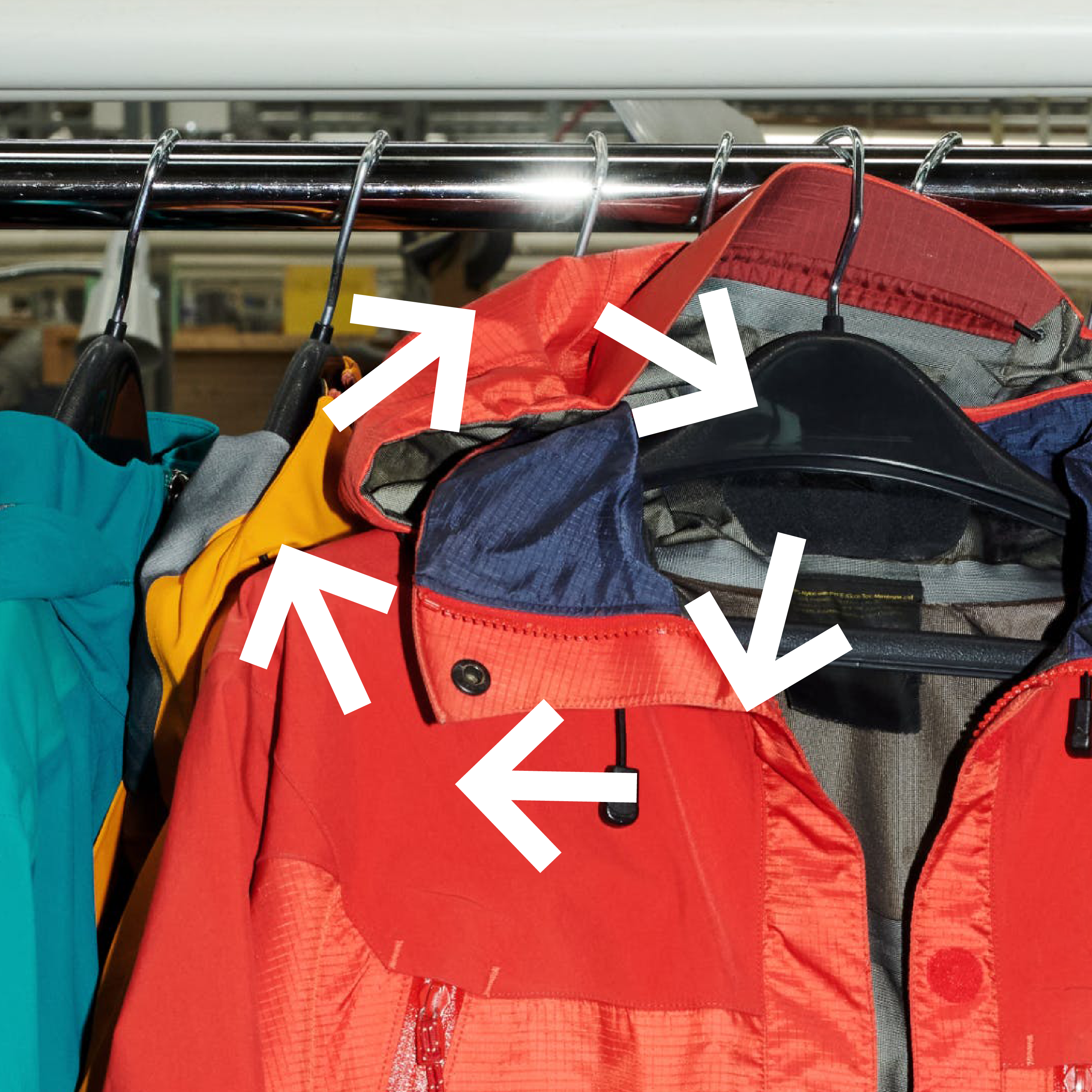I love Gen Z—their optimism, their commitment to causes, their acceptance of differences. Across the board, studies suggest they prefer to support brands that align with their values. Which is great.
But when it comes to shopping sustainably, hard data doesn’t always align with best intentions.
As much as we may say we want to shop local, choose natural fibres and buck fast fashion, when time and money are tight it’s easier to purchase something that will be at your door the next day for under $100. I too get sucked into the trap of instinctively perusing Zara when I have another wedding coming up and “nothing to wear.”
Somebody once reminded me: “Every single toy you’ve ever had, every straw you’ve used, every branded pen you’ve thrown away—they are still somewhere on the planet.” It got me thinking about Happy Meal collectibles, the jelly shoes we loved as kids, the rocking horse we broke the springs on when I was six. All those plastic Muppet Babies are lying in landfills somewhere. It keeps me in check whenever I think I need another pair of synthetic yoga pants.
In the last year I’ve been on two panels (one for the BC Apparel and Gear Association and another at the Sustainable Fashion Forum) and the big question in both was this: What will finally make consumers dramatically change their buying habits to choose the sustainable option?
I haven’t stopped thinking about it. Demand for secondhand is on the rise, but we’re still projected to shop more than ever this year. As sustainable brand leaders and marketers, there are steps we can take to start changing the way our consumers shop. It will be slow, and it may not be profitable for a while, but let’s keep pushing towards better.
1. Make it dead easy
It seems obvious, but don’t bury your resale channels, don’t send shoppers off your site, and don’t give your sustainable collection less desirable ecomm real estate.
If brands are committed to helping customers make the sustainable choice, then that choice should be frictionless: Resale should live right in your main ecommerce menu—don’t make shoppers hunt for it. It should be easier than going to Poshmark.
Integrate takeback with your ecomm catalogue. My biggest barrier to listing an item on Marketplace or Poshmark is taking the photos. If I can go to my favourite brand and search for an item by model number (or better yet, find it in my purchase history), then I’m 10x more likely to bring it back to the mothership when I’m ready to sell.
Finally, give customers takeback options: ensure I can trade in my items in-store or online— whatever is easiest for me, the consumer. If I live in a rural area, I’m not going to make a pilgrimage to your flagship to trade in. On the flipside, if I’m close to a store I might like the certainty of store staff accepting my item in person, rather than mailing it away without knowing if it will be rejected for resale.
2. Create positive peer pressure
The fastest way to normalize something is exposure. Social influence can happen on a few levels—from our peers to the influencers we follow.
Some of my favourite examples of brands equipping their customers to be advocates for better shopping? Whimsy and Row’s Outfit Repeater hats help break the cycle of needing newness by celebrating a capsule wardrobe, and resale aggregator Beni’s “Yes, it’s thrifted!” lapel pins give cred to those who buy secondhand.
Use your influencer community to normalize making the circular choice—and to normalize paying a bit more for it. Allocate some of your ambassadors/influencer budget to promoting your circular product line or resale channels, and give them brand-aligned talking points so it’s easy for them to tell the circular story well. Arc’teryx partnered with Nicole McLaughlin—famous for reinventing technical gear in unexpected ways—to spotlight their ReBird program.
2. Build in exclusivity
Sustainable can also be covetable. If preserving brand equity is a concern, keep your circularity upmarket. Special collections, one-of-a-kind pieces, limited edition collaborations—these are all ways to bring a premium to your circularity program and remind customers that shopping conscientiously is good for their image. Look to Patagonia’s Re-crafted line or Arc’teryx’s ReCut Beta Jackets (which can resell on eBay for up to $1,000). Both brands are repurposing dead stock into new, premium products that fly off the (digital) shelf. Emphasize craftsmanship and innovation, and truly tell the story of the product to build desire.
4. Give better incentives
Make it worthwhile to trade in products. A flat trade-in rate might streamline the logistics, allow you to take in and recycle items that aren’t fit for resale, and keep your margins up on everything else—but it’s not a strong incentive for customers to trade in high-value products. Drive takeback by pricing the incentive according to the product—sure I might earn less for a garment than I would by selling on Poshmark, but pay me enough to incentivize a new behaviour that’s a frictionless guaranteed sale.
5. Don’t be so humble
Your circularity program—be it resale, a recut collection or materials innovation—is so much more than a sideline of the business. There’s a story behind it, passionate people driving it, and often ingenious new solutions coming out of it. Use your platforms to tell those stories and remind your audience that you’re actively trying to solve problems. You don’t need to have reached the final destination yet—circularity is a journey that doesn’t end—but bring your audience along. Don’t be afraid to talk about what you’re doing so that it becomes a common understanding that brands are trying to do better, and so should their customers.
If you’re ready to start telling that story or to come up with fun branded campaigns to normalize sustainable shopping, we’d love to hear about it.







